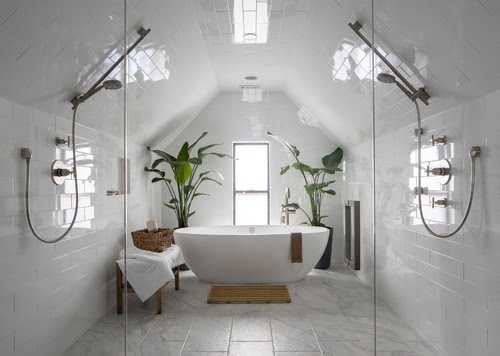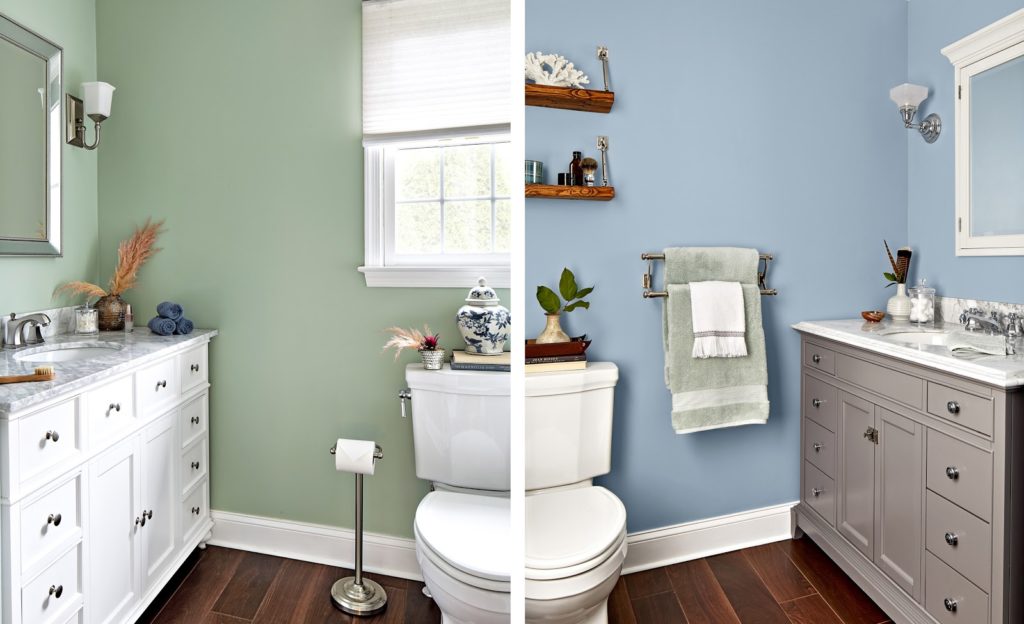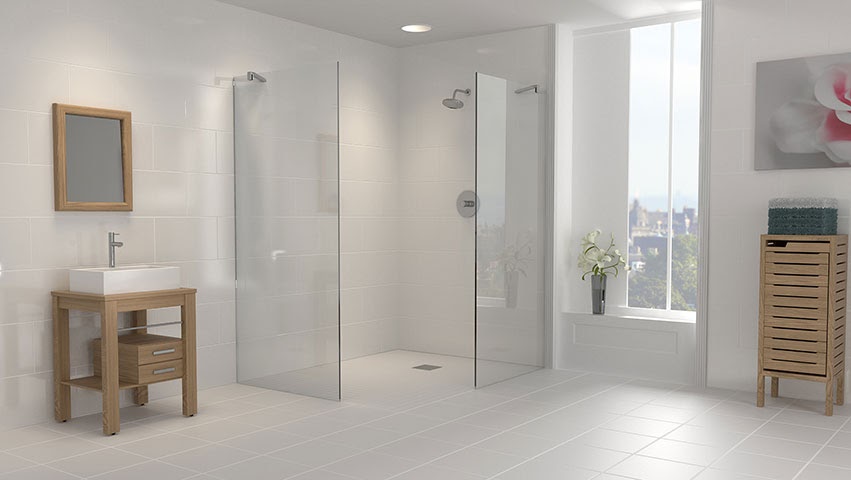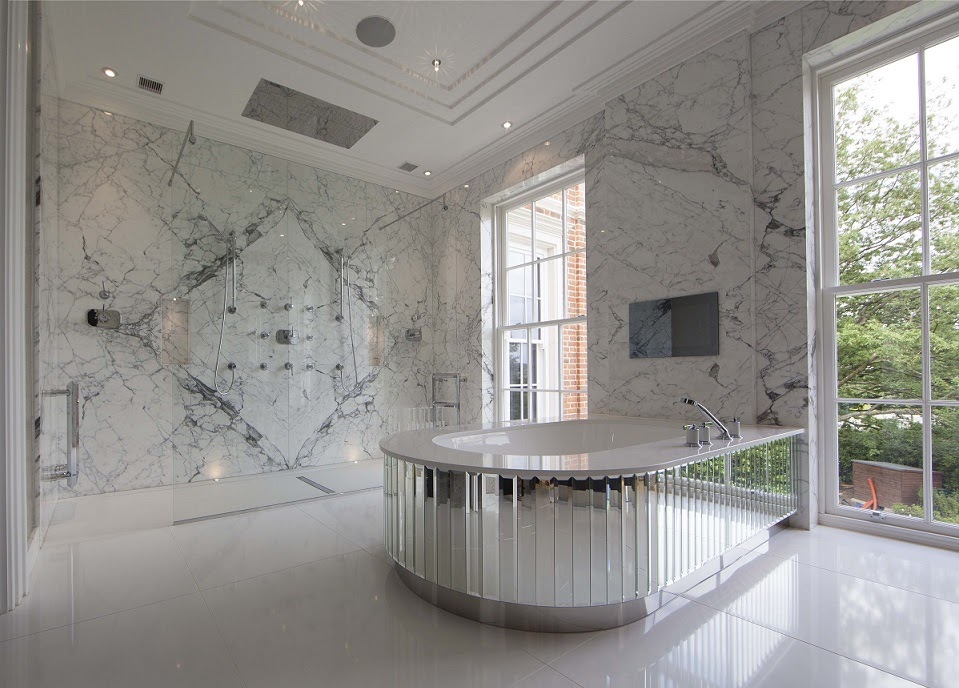Wet vs Dry Bathroom
by Lanny Ho
If your bedroom is your sanctuary, your bathroom is where you can be FREE. You don’t have to worry about what you’re wearing, or how you sound as you serenade your faithful fan (usually a.k.a. The Showerhead) or how long you’re taking reading whatever it is that you like to read.
Your bathroom is also where you spend a majority of your time giving yourself self-care and prepare yourself to face the rest of your day or unwind from it.
And, if you are looking into how to renovate your bathroom space, you may have come across the idea of a wet vs dry bathroom concept. It’s possible that you may be thinking, “is this just another way for rich people to make themselves feel richer?”.
Well, the answer is NO. There’s a reasoning behind designing bathrooms in a way that sections the dry zones off from the wet zones. It is more than just looking to chase the “luxurious” looking lifestyle with a fancy-schmancy bathroom concept. It is about increasing or maximizing the functionality of a bathroom without having to sacrifice the aesthetics of ideal bathroom space.
WET VS DRY BATHROOM

In this article, you will learn what is the wet zone, the dry zone, and why it is so important to separate those two. You can also find out what kind of alternative concepts you can have aside from a wet and dry one.
To start off let’s learn about what each of the terms are referring to.
THE WET ZONE?

What is the wet zone? The wet zone is referring to the zone where most bathroom activities that involve water typically occurs. For example, it is where you will have your shower or bathtub. You would usually also have a towel rack nearby as well.
THE DRY ZONE?

What is the dry zone? The dry zone is referring to the zone where the more common activities typically take place. For example, the toilet or the vanity area. This is the zone where you, your family, as well as your house guests will be using. Because of that, it is important to keep it dry and hazard free so that none of you will have to go through the hassle of wiping your feet every time you use the toilet.
WHY ARE WET & DRY ZONES DESIGNED TO BE SEPARATED?

Improved safety: Separation of wet and dry zones can help you protect not only you but everyone who uses your bathroom. This is especially important and relevant to households with the elderly or young children because their motor skills may not be the most agile and thus, they are more prone to slipping hazards. Using the traditional bathroom design, water will almost always splash everywhere during and after shower or bath. And after the bath, the entire floor would be wet with water causing it to be slippery and become a slipping hazard. You won’t have to worry as much about this issue if you separate the two zones in your bathroom as it is the relatively safer option.
Improved functionality: Simply by separating the wet and dry zones, the functionality of your household’s bathroom can be increased. It means that while one family member takes a long shower, other household members could be in the dry zone to brush their teeth or wash their face and perhaps even go to the toilet without worrying about bothering each other.
Convenient and clean: When you separate the wet zone and dry zone in your bathroom, you can also make it more convenient for you to clean your bathroom areas. The traditional bathroom design that merges both the dry and wet zones is typically designed in a way that would be very humid. And in this case, the high humidity is not a good thing. When the air in the bathroom is more humid, it also means that it creates the ideal environment for bacteria to breed and multiply all over the bathroom.
The worst part is, you can even see them most of the time but they’re there. Due to this, the traditional bathroom requires more frequency and time to clean it and ensure that the bacteria will not take over the bathroom. The separation of these zones helps block moisture from accumulating and contains the water within the wet area only. This effectively keeps the dry zone dry, thus, inhibits the growth of moisture and bacteria greatly. That is why the separation makes it easier for house owners to clean a dry and wet concept bathroom.
Extend the life of sanitary items: Similar to how the separation can help make it more convenient for house owners to clean their bathrooms, it also helps extend the life of the sanitary ware that is usually kept in the bathroom through blocking moisture from entering the dry zone. This prevents cabinets (which may be made of wood) from corroding. There are usually also electrical appliances in the bathroom that would break if exposed to high humidity and moisture for an extended period of time. Thus, the length of their service life would significantly be reduced.
ALTERNATIVE: THE WET ROOM?

However in order to achieve a separated dry vs wet concept for your bathroom, you would need to have enough room for one. So what can you do if you can’t have a dry and wet concept bathroom? You have a wet room instead! Designing your bathroom with a wet room approach is quite favourable for those who have small bathrooms. Other than that, a common solution is utilising enclosed shower cubicles.

But, what is a wet room? A wet room refers to an open-plan bathroom where there is drainage placed in the floors so that the whole room can be used as a shower area. As in, the whole entire room has to be tiled, designed to be waterproof with top-their plumbing and drainage. Therefore, it is completely safe to have no shower screen and to allow water to splash into the room. How does that work? There is actually a special waterproof wet room shower tray below the tiles which functions to drain water away as quickly and effectively as possible.
It is also amazing for those who have household members that may be facing mobility issues as the floors will be completely level with the rest.

Of course, small bathrooms are not the only ones who can have a wet room. Bigger ones can too! Furthermore, it can be installed anywhere (whether it’s upstairs or downstairs). Plus, it requires less maintenance and cleaning than usual.

